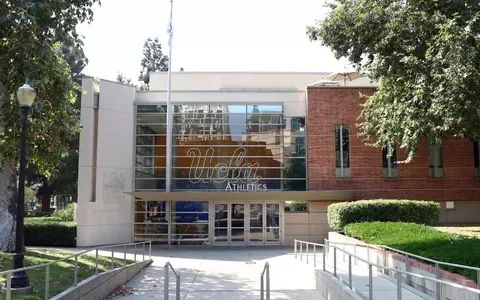By Ashley Mowreader
California lawmakers hope to decrease gaps in degree completion between Black college students and their non-Black peers through transfer guarantee and financial aid programs.
In 2023, the California Assembly passed Assembly Bill 1400, which provides a one-time grant to community college students planning to attend a historically Black college or university.
A Sept. 19 webinar by the California Student Aid Commissions (CSAC), which oversees the Cal-HBCU grant funding, highlighted opportunities to support Black student success within California through the grant and other programs.
California, which lacks an HBCU, has worked to expand access to institutions that promote student success for Black learners. One bill, currently on California governor Gavin Newsom’s desk, would create a designation for Black-serving institutions in the state to highlight institutions with positive outcomes for Black learners.
“Just because we don’t have an HBCU, [that doesn’t mean] we shouldn’t invest in our Black students,” Assembly Member Isaac Brian shared during the webinar by CSAC.
The majority of Black students in the state of California attend community colleges, said Daisy Gonzales, executive director of the CSAC, highlighting an opportunity to provide targeted support to these learners.
How it works: To receive the Cal-HBCU grant, students must complete an associate’s degree for transfer (A.D.T.) at a California community college, apply to and enroll at an eligible HBCU, demonstrate unmet financial need after their Pell Grant or other scholarships, and intend to return to California after graduating.
For an HBCU to be eligible for the funding, institutions must apply, complete an internal review, identify degree pathways that align with the A.D.T. and hold a memorandum of understanding with the California Community Colleges Chancellor’s Office. The college or university should also demonstrate positive outcomes for learners, including a student loan cohort default rate of less than 15.5 percent and a graduation rate of more than 30 percent.
Grant funding comes from the College Access Tax Credit Fund, which the state created to incentivize taxpayers to give charitable donations to the Cal Grant B program. Taxpayers and businesses who contribute to the fund receive a 50 percent tax credit.
The California Educational Facilities Authority will allocate and certify up to $500 million in credits starting in 2017 and running through 2027, or whenever funding runs out. At present, there is $489 million available, said Khaim Morton, deputy treasurer of the California State Treasurer’s Office, during the webinar.
Grant funding has yet to be widely applied and utilized by students, so institutions should promote the available dollars through frequent communication, intentional outreach to campus programs that serve students who would be interested in attending an HBCU and promoted in the transfer center, Compton College president Keith Curry said during the webinar.
Supporting success: In addition to the scholarship, California community college students can benefit from the system’s Transfer Guarantee Agreement to HBCUs, which launched in 2014.
To be eligible, students must complete 30 or more transferable credits or an associate degree for transfer at one of the system’s 116 campuses, holding a minimum of a 2.0 GPA. The Transfer Guarantee applies to 40 HBCUs, but the transfer grant funds can only be applied to 13 institutions.
In the Transfer Guarantee program, students receive student success coaching during their time at the HBCU, as well.
Working here and now: In addition to helping students complete a bachelor’s degree at an HBCU, if they so choose, California institutions can support student success before they transfer, Curry shared. “It’s great that we want focus on transfer, [but] we also want to focus on what we do for them right now.”
Colleges should ensure students are academically prepared to transfer, including passing college-level English and math courses. Providing wraparound supports, including basic needs and mental health services, can address barriers to retention and persistence, Curry said.
Creating a positive atmosphere for Black students, disaggregating student outcome and enrollment data by race, and providing information about transfer opportunities are other actions institutional leaders can take to help Black students.
In addition, many students may say they’re interested in attending one of these institutions, but few have the resources to go and spend time on campus. So colleges and state leaders can consider ways to expose students to HBCU campuses.





